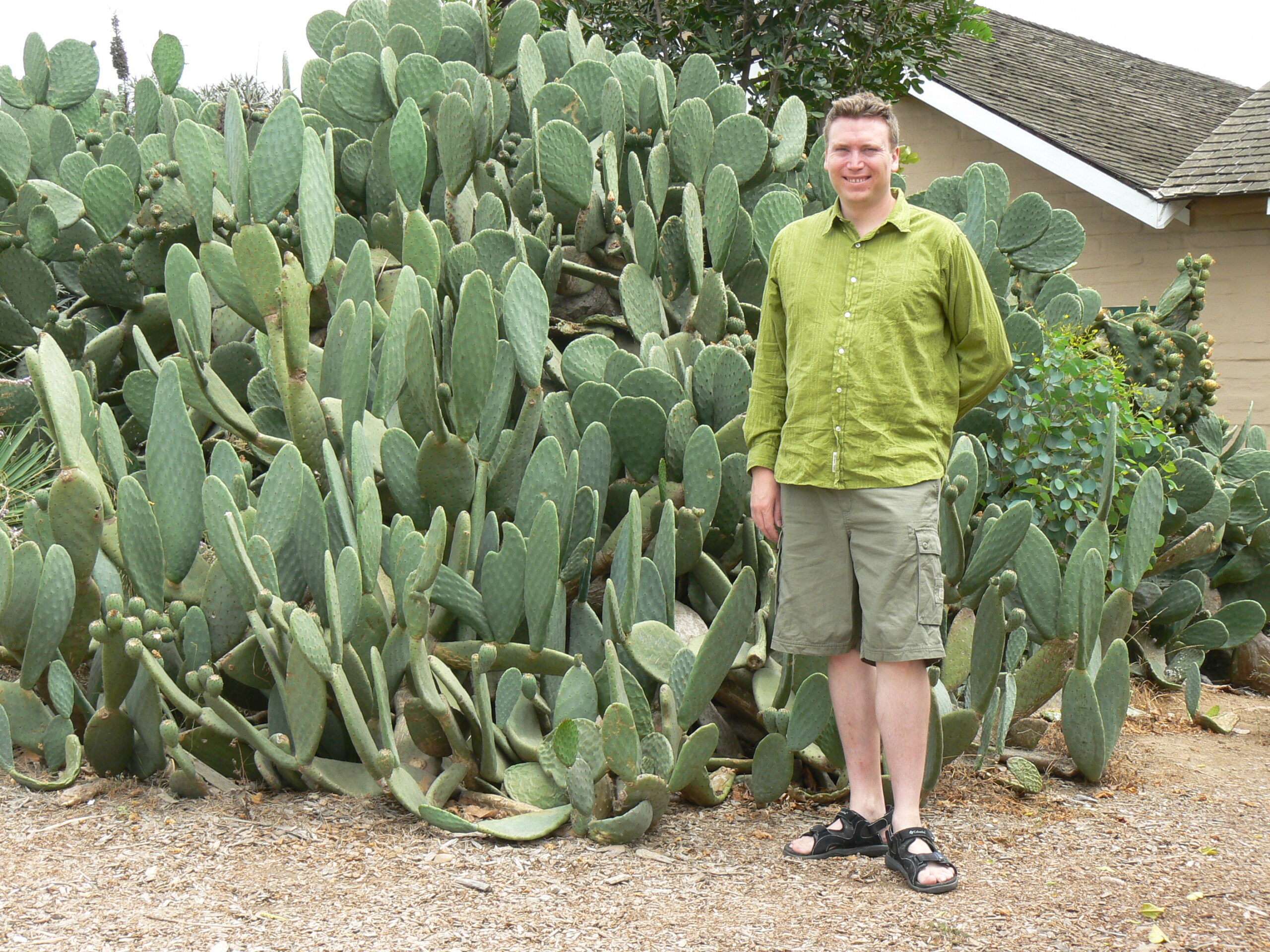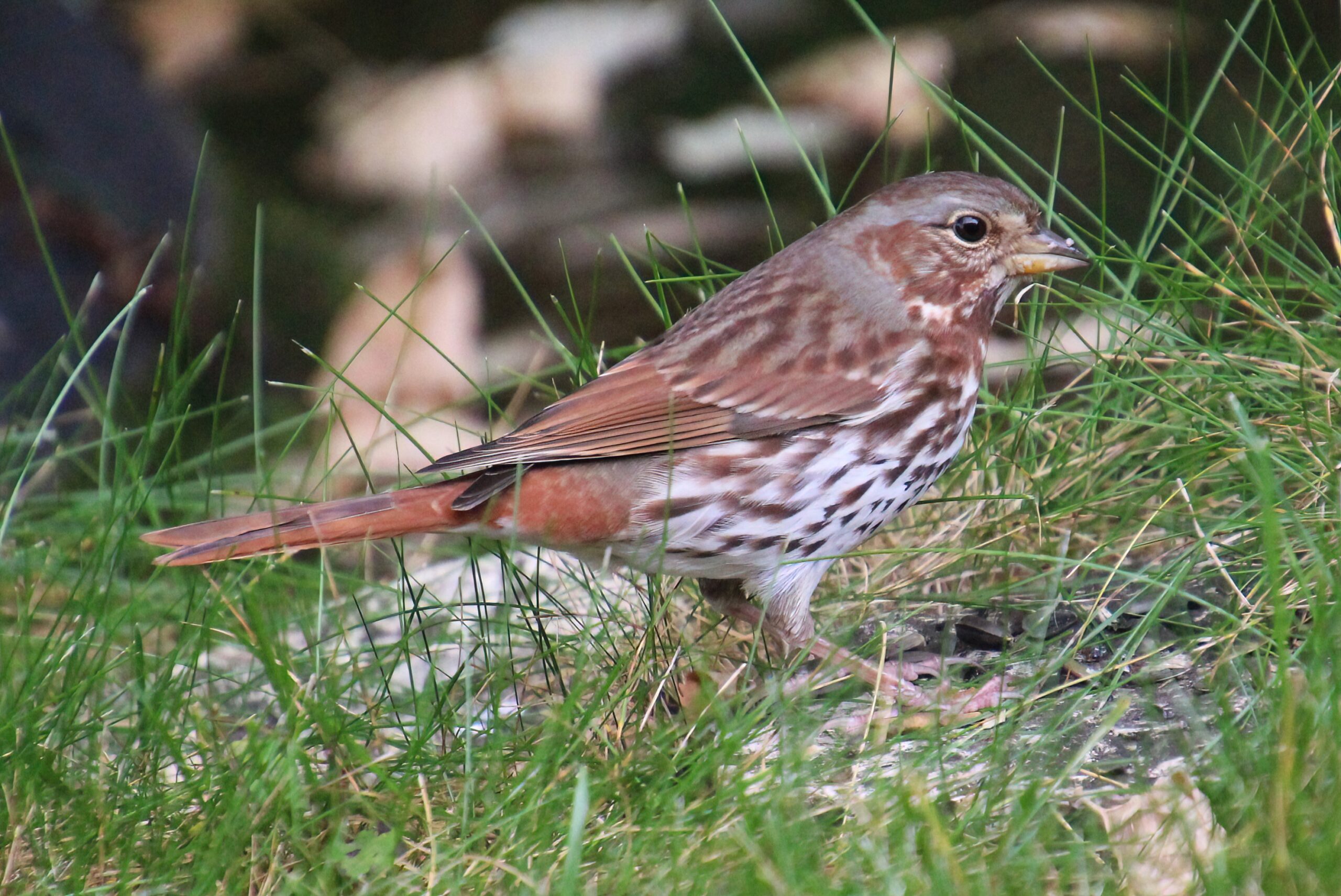February is Rioja month in Alberta. Yes, the whole month. If living in a world where a wine region can claim their own month is wrong, then I don’t want to be right. Upon hearing the news, I made a beeline straight for my friendly neighborhood booze merchant to pick up a few bottles of Rioja.
If this auspicious holiday does not ring any bells, it might be because 2019 marks the first annual Rioja month in Alberta, so named due to a rare collaboration of ten different leading Rioja wineries, who have sent brand ambassadors to tour our fair province, holding tastings at local bottle shops and wine festivals, as well as fancy pairings in restaurants in Calgary and Edmonton.
For those not familiar with Rioja, it is the most famous wine region of Spain, located in the northern part of the country, around 300km south of Bordeaux.
While the French region of Bordeaux is currently the undisputed king of the wine world, this was not always the case.
From Roman times up until the middle ages, the finest vineyards of the known world were from the region currently known as Spain. Sadly, a little internal difficulty that we remember as the Spanish Inquisition took its toll on the local wine industry, giving those crafty French vintners the chance to surpass the Spaniards, and French wines have remained king of the hill ever since.
While wine grows all over Spain, it is the Rioja region is by far the most famous. The Rioja wine region is around 400m above sea level, and has a mild climate moderated by warm winds blowing in from the Mediterranean Sea.
Most of the wine grapes grown in the Rioja region are Tempranillo and Garnacha, which is also called Grenache in neighbouring France.
For those not familiar with Spanish wines, Tempranillo is widely considered the quintessential Spanish grape, having originated in Northern Spain thousands of years ago. The name Tempranillo literally means “early”, referring to the tendency of this grape to mature earlier in the growing season that most other varietals.
Tempranillo is sometimes bottled as a single varietal, but is often blended with Garnacha for a more complex bouquet and finish.
Garnacha is the polar opposite of Tempranillo, ripening very late in the season, and demanding hot and dry growing conditions.
Much less fruit-forward than Tempranillo, Garnacha produces flavours of tar and leather, with a very low level of tannins.
These contrasts often lead to Tempranillo and Garnacha being blended together, as the tannic structure of jammy flavours complement the spicier flavours of the Garnacha.
Over the centuries, Spanish cuisine and wine have evolved side-by-side, with the food pairings complementing the wine. My favourite way to enjoy Spanish wines is at a tapas bar, with a constantly rotating selection of tiny dishes to pair with the wine.
For snooty old-world wine reasons, the labelling laws in Spain will reflect how old the wine is. On red wine labels, there are 3 different age indicators. Crianza is the youngest type of wine, and is aged 2+ years. Reserva wines are aged for 3+ years, and Gran Reserva wines are aged for 5+ years.
Rioja wines are typically big and bold, thanks to the Tempranillo grape characteristics. Expect plenty of rich fruit and fig on the tongue, with notes of leather and vanilla from the extended aging in oak.
The Tempranillo grape is loaded with tannins, has great aging potential, and pairs well with red meats or sharp cheeses.
While 80% of worldwide Tempranillo plantings are in Spain, the grape has also flourished in California and in South America. Closer to home, we even have small plantings of Tempranillo right here in Canada.
My favourite domestic example of Tempranillo is from Burrowing Owl, located in the southern portion of the Okanagan Valley in BC, where unique microclimate has allowed the Tempranillo grape to thrive.
Our local Canadian plantings of Tempranillo are planted on less chalky soils than the ancestral home of Rioja, giving the Spanish expressions a more complex and subtle bouquet, while our Canadian plantings have slightly less floral notes, but essentially the same tannic backbone.
With Spanish wines usually a bargain when compared to their other old-world cousins, do yourself a favour and pick one up at your friendly neighbourhood booze merchant today!






